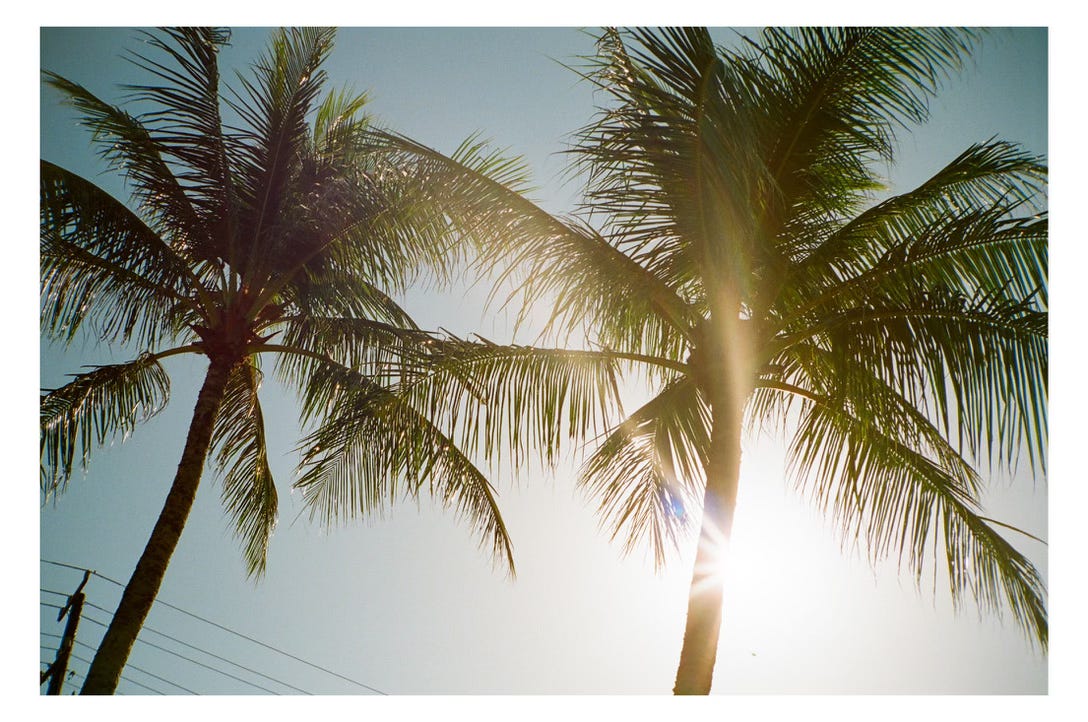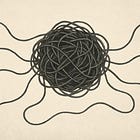Possibility Thinking
The discipline of preparing for all outcomes
I once interviewed for a job that I thought had gone terribly.
When I got home, I replayed every awkward pause, every answer I wished I had worded differently. A few days later, the company scheduled a call with me. I sat down prepared for every scenario I could imagine: rejection, a long wait, a polite “we’ll be in touch.”
The one scenario I was not ready for was the one where they offered me the job.
In that moment, I realized that by only preparing for the bad outcomes, I had left myself unprepared for the good. My imagination had rehearsed rejection so thoroughly that when possibility knocked, I fumbled.
This is the heart of possibility thinking. It is not blind optimism. It is not pretending everything will turn out fine. It is the discipline of preparing for all outcomes.
Why we over prepare for the worst-case scenario
Our brains are wired to focus on threats.
Psychologists call it the “negativity bias.” Bad is stronger than good.
A single insult sticks longer than a compliment.
A failed project haunts us more than 10 small successes. This bias once kept our ancestors alive. but today it often keeps us locked in vigilance and bracing for disaster.
Activism, too, is shaped by this bias. We learn to anticipate backlash, defeat, and loss.
We run premortems on everything: what if the campaign flops. What if the policy fails. What if people do not show up.
This prepares us to endure collapse, but it leaves us brittle when abundance arrives.
What are you thinking about after reading this? Feel free to leave a comment, I’d love to hear.
What possibility thinking really is
Possibility thinking widens the frame. Instead of obsessing over what might go wrong, we also practice what might go right.
It is the skill of scenario planning. Futurists like Peter Schwartz have long taught that scenarios are not predictions. They are rehearsals.
They stretch us to imagine futures across the spectrum, even ones that feel remote or improbable.
The Buddhist teaching of Right Effort says something similar. We are not only called to avoid and abandon the unwholesome. We are also called to arouse and sustain the wholesome.
In other words: do not only train for collapse. Train also for flourishing.
Why rehearsing the good matters
Psychologist Barbara Fredrickson’s “broaden and build” theory shows that positive emotions expand our awareness. Joy, gratitude, and curiosity open us up to see more options, connect more deeply, and create more boldly.
Rehearsing good futures is not naive. It is practice for recognizing and seizing openings when they come.
Another world is not only possible.. on a quiet day, I can hear her breathing.
That world is already whispering to us. If we never prepare for her arrival, we risk missing the moment when she finally steps into the room.
Nature knows how to prepare for both fire and flood
In the natural world, resilience is not only about survival in the harshest conditions. It is also about readiness when the good arrives.
Some pine trees bear serotinous cones that only open after fire. They do not waste the chance to bloom when heat clears the first floor.
Estuaries live by tides. At low tide, mudflats teem with crabs and worms. At high tide, fish swim in from the open sea. Both extremes carry life. The ecosystem is prepared for scarcity and abundance, alike.
How to practice possibility thinking
You can begin with simple shifts:
When you do a premortem, also write a “pre-launch.” Ask: if this succeeds, what do we need to be ready for?
Build an activation checklist for the day good news arrives. If the grant gets approved. if the law passes, if the invitation comes, what steps will you take immediately?
In every debrief, ask not only what went wrong, but also what went right and what could go even better next time.
Holding the yes and the no
Possibility thinking is the practice of preparing for miracles and messes at the same time. It does not cling to certainty. It accepts that conditions are always shifting and that thresholds appear when we least expect them.
The day I got that job offer, I learned that my careful rehearsals of failure had left me unready for success. I do not want to make that mistake again, in my own life or in our collective life.
We cannot afford to be movements that only brace for rejection.
We must also be movements that know how to celebrate, to expand, to lead when the door swings open.
The future is not one road. It is a landscape of thresholds. To walk it well, we need to be ready for all of them.
I write for free, once or twice a week, but the real joy is hearing from readers. You’re always welcome to respond. Hit 'reply' or send me a message below.
Further reading:
For more like this, follow me wherever you connect with friends:
Bluesky 💖 LinkedIn 💖 Mastodon 💖 X 💖 Instagram 💖 TikTok 💖 Threads 💖 YouTube 💖 Facebook
With love, Bri Chapman






You never disappoint Bri. I love your work so much!!! The middle path embodied, always. Love the way you make my brain expand.
This was particularly resonant for me, grateful: "The Buddhist teaching of Right Effort says something similar. We are not only called to avoid and abandon the unwholesome. We are also called to arouse and sustain the wholesome."
Another reflection that speaks directly to me.
I spent decades rehearsing all the bad outcomes to somehow be prepared. The negativity bias had real costs to my health and QOL.
I’m working on intentionally imagining the whole and good outcomes now, but it definitely takes practice, especially when there are so many voices of darkness in these days.
Thanks again, Bri!❤️